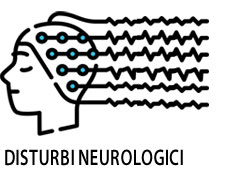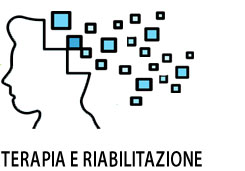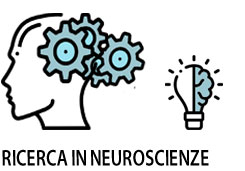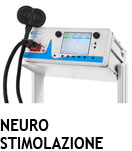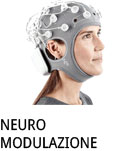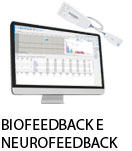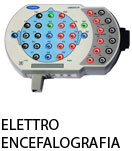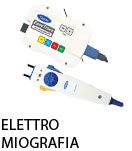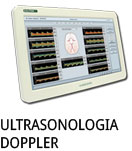- +39 011 5821948
- info@geasoluzioni.it
- Lun - Ven 8:00 - 17:30
Concurrent measurement of cerebral hemodynamics and electroencephalography during transcranial direct current stimulation
- Abstract:
- Transcranial direct current stimulation (tDCS) is currently being used for research and treatment of some neurological and neuropsychiatric disorders, as well as for improvement of cognitive functions. In order to better understand cerebral response to the stimulation and to redefine protocols and dosage, its effects must be monitored. To this end, we have used functional diffuse correlation spectroscopy (fDCS) and time-resolved functional near-infrared spectroscopy (TR-fNIRS) together with electroencephalography (EEG) during and after stimulation of the frontal cortex. Twenty subjects participated in two sessions of stimulation with two different polarity montages and twelve also underwent a sham session. Cerebral blood flow and oxyhemoglobin concentration increased during and after active stimulation in the region under the stimulation electrode while deoxyhemoglobin concentration decreased. The EEG spectrum displayed statistically significant power changes across different stimulation sessions in delta (2 to 4 Hz), theta (4 to 8 Hz), and beta (12 to 18 Hz) bands. Results suggest that fDCS and TR-fNIRS can be employed as neuromonitors of the effects of transcranial electrical stimulation and can be used together with EEG.
- Patologie/Applicazioni:
- Anno:
- 2018
- Tipo di pubblicazione:
- Articolo
- Parola chiave:
- stimolazione elettrica transcranica; NIRS; neuromodulazione
- Nota:
- Lo scopo dello studio è il monitoraggio dell'effetto della stimolazione elettrica transcranica durante e dopo il trattamento, attraverso tecniche di spettroscopia ad infrarossi (TR-fNIRS e fDCS) e l'elettroencefalogramma (EEG). Il flusso sanguigno cerebrale e la concentrazione di ossiemoglobina aumentano durante e in seguito a stimolazione nella regione target, mentre la de-ossiemoglobina diminuisce. L'EEG mostra un cambiamento dello spettro di potenza del segnale statisticamente significativo per le bande di frequenza Delta, Theta e Beta. TR-fNIRS e fDCS si dimostrano essere indicatori utili nel monitoraggio della stimolazione elettrica transcranica, se utilizzate congiuntamente all'EEG.
- DOI:
- 10.1117/1.NPh.5.1.015001
Hits: 2087
La nostra storia
GEA soluzioni si affaccia nel 2013 al mercato della strumentazione medicale di alto livello tecnologico ma la sua storia parte da più lontano, clicca qui per approfondire.
GEA SOLUZIONI SRL
via Issiglio 95/10, Torino
Tel.: 011 5821948 / 011 4463853
Fax: 011 0433281
Email: info @ geasoluzioni.it
P. IVA IT11696920013
REA TO1233648

